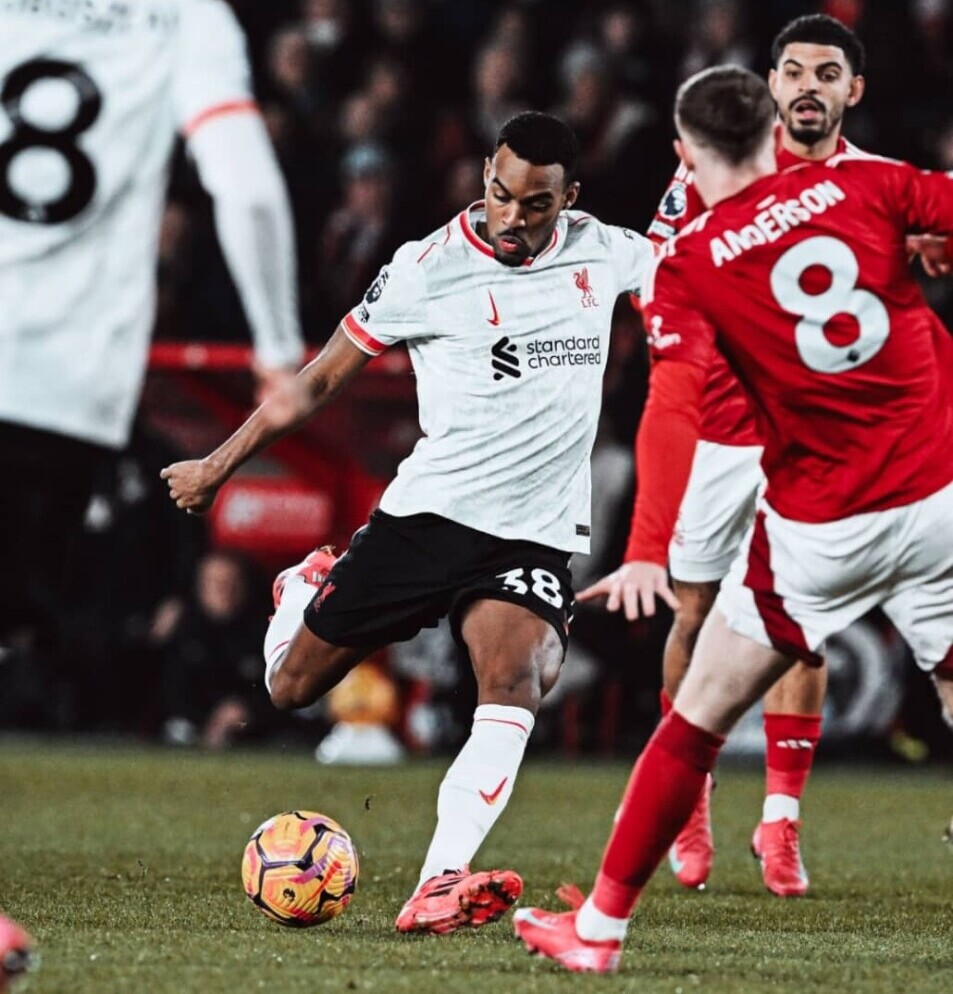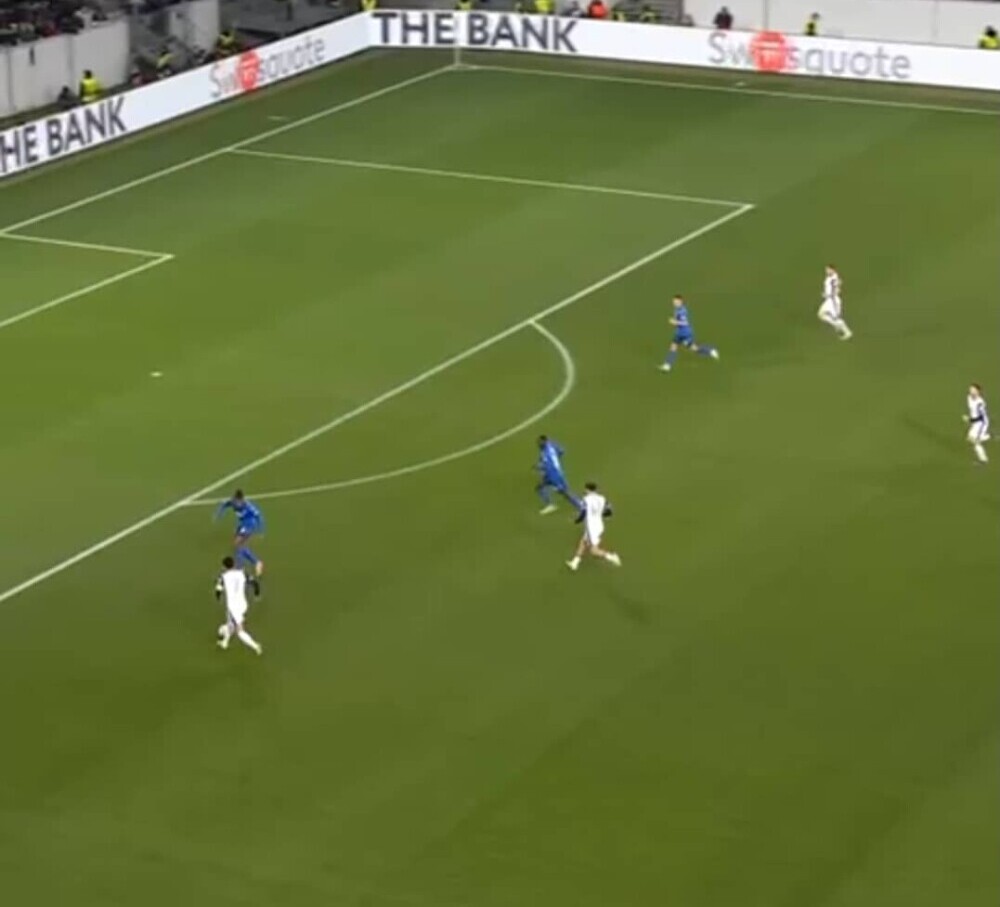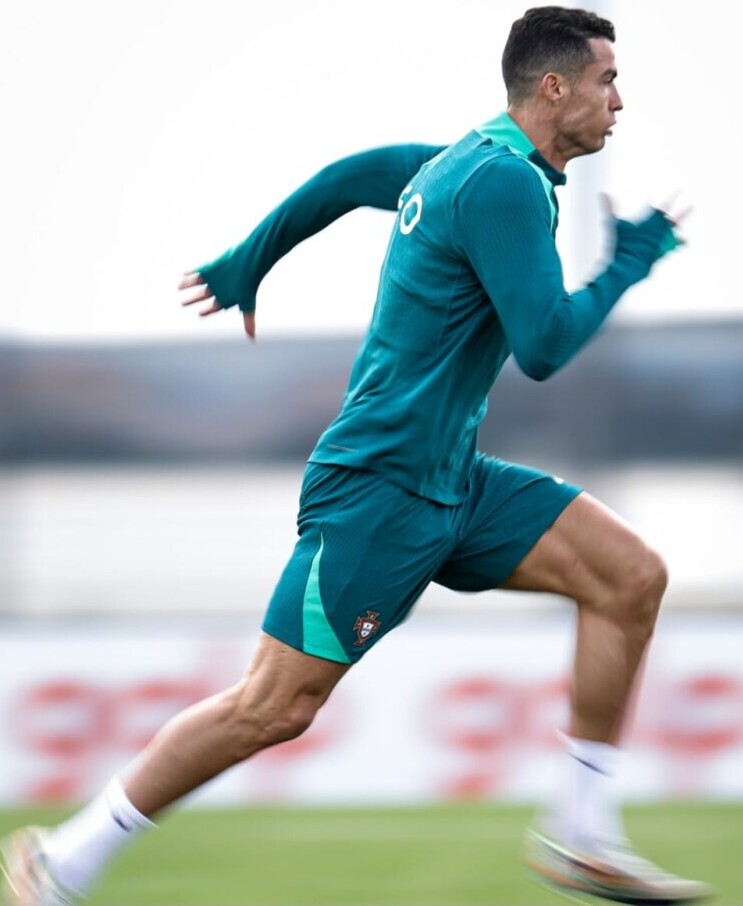In modern soccer, the high-intensity defensive tactic of counter-pressing has become one of the most effective ways to regain possession and disrupt the opposition’s play.
Popularized by coaches like Jürgen Klopp and Julian Nagelsmann, counter-pressing, also known as “Gegenpressing,” involves immediately applying pressure to the ball carrier after losing possession.
The goal is to win back the ball as quickly as possible and capitalize on the disorganization of the opponent.
In this tactical guide, we’ll break down the core principles, key techniques, mental aspects, and physical demands of counter-pressing, as well as discuss how to implement this tactic successfully in your team’s strategy.
What is Counter-Pressing in Soccer?
Counter-pressing is a style of play that focuses on immediately putting pressure on the opposition after losing possession of the ball, with the aim of regaining the ball before the opponent can exploit the situation.
This aggressive, high-intensity tactic forces the opposition into mistakes, disrupts their build-up play, and opens up quick counter-attacking opportunities for your team.
Unlike traditional defending, which often involves falling back into a defensive shape and waiting for the opposition to attack, counter-pressing is proactive and dynamic, designed to recover possession high up the field and turn defense into attack rapidly.
The Core Principles of Counter-Pressing
Counter-pressing revolves around several key principles that, when executed effectively, can transform the way your team plays and regain possession in dangerous areas.
a . Immediate Pressure
The first principle of counter-pressing is to apply immediate pressure on the ball carrier.
As soon as possession is lost, the closest player to the ball must sprint to close down the opponent and prevent them from settling into possession.
This forces the ball carrier to make rushed decisions and increases the chances of them making an error, such as a poor pass or a bad touch, which your team can capitalize on.
Training Tip: Use drills that focus on quick reactions after losing possession. For example, practice 1v1 situations where the defender immediately presses the attacker as soon as the ball is lost.
b . Compact Defensive Shape
To successfully execute counter-pressing, the entire team must maintain a compact defensive shape.
By staying close together, players reduce the space available for the opponent to pass the ball or make successful runs.
This forces the opponent to make quick decisions, often resulting in errors.
A compact shape also makes it easier for other players to support the one pressing the ball carrier, increasing the chances of winning back possession.
Training Tip: Organize your players in a compact formation, even when pressing, ensuring that there is little space between defensive lines. Focus on defensive drills that promote close team coordination.
c . Aggressive Recovery Runs
After losing possession, players must make aggressive recovery runs to close down passing lanes and intercept passes.
Even if the player closest to the ball does not win the ball, their effort helps limit the options for the opponent and allows the pressing player to get support from teammates.
Training Tip: Encourage players to make recovery runs in training, even after they’ve been bypassed in the press. This ensures that the entire team works together to close down space and limit passing options.
d . Quick Transitions
One of the key benefits of counter-pressing is its ability to transition from defense to attack quickly.
After regaining possession, the team should immediately exploit the opponent’s disorganization.
This fast transition catches the opponent off guard and can lead to a quick counter-attack before they have a chance to recover.
Training Tip: Practice small-sided games that focus on quickly turning defense into attack after regaining possession. Use drills that encourage players to make fast, forward passes to transition quickly.
Key Techniques for Effective Counter-Pressing
Successful counter-pressing requires players to master several key techniques. These techniques ensure that the pressing game remains effective while minimizing the risk of gaps being left in the defense.
a. Timing
Timing is crucial when executing a counter-press. Players need to know when to commit to pressing and when to hold their position.
Pressing too early can leave gaps, while pressing too late can allow the opposition to regain control and build an attack.
The timing of the press must be coordinated across the team to ensure that all players apply pressure at the right moment.
Training Tip: Use drills that simulate in-game scenarios, where the press is triggered by specific actions such as a poor first touch or a misplayed pass.
b. Body Positioning
Effective body positioning helps players intercept passes, block shots, and win back possession.
Players need to position their bodies in a way that forces the ball carrier into a less advantageous position.
This could involve forcing them to the outside or blocking their passing lanes.
Training Tip: Work on positioning drills that focus on closing down space and forcing the opposition into specific areas of the field, making it easier to win back possession.
c. Communication
Effective communication is the foundation of any pressing strategy.
The pressing player needs to communicate with their teammates to ensure that the press is coordinated.
A simple “man on” or “leave him” call can help ensure that everyone is on the same page, allowing for a successful press.
Training Tip: Focus on drills that require constant communication, such as 2v2 or 3v3 situations, where players must coordinate their movements and press together.
d . Intensity
High intensity is essential for counter-pressing.
Players must be willing to put in maximum effort when pressing the ball, as any hesitation can give the opponent time and space to make an effective pass or attack.
Counter-pressing requires high fitness levels to sustain the intensity throughout the game.
Training Tip: Incorporate fitness drills that involve high-intensity sprints, such as interval sprints or shuttle runs, to improve endurance for counter-pressing.
The Mental Aspect of Counter-Pressing
While counter-pressing is a physically demanding tactic, it also requires a strong mental approach.
Players need to be mentally prepared to execute the press at any moment during the game. This means having a proactive mindset and the willingness to put in the work.
Mental Toughness
Counter-pressing requires a high level of mental toughness.
Players must be focused and resilient, as the tactic can often lead to moments of high pressure where a mistake could be costly.
Positive mindset, self-belief, and team spirit are essential to making counter-pressing effective.
Training Tip: Use mental conditioning exercises, such as visualization and goal setting, to help players build mental resilience for high-pressure situations.
The Physical Demands of Counter-Pressing
Counter-pressing is physically taxing and requires high levels of fitness. Players need to be able to sprint, recover, and press with intensity throughout the entire match.
This style of play puts a significant demand on cardiovascular fitness, stamina, and muscular endurance.
Fitness Requirements
To successfully implement counter-pressing, players must have high stamina and endurance.
Regular conditioning and strength training are necessary to maintain the intensity needed for effective pressing.
Training Tip: Include aerobic conditioning drills and interval sprints in training to improve players’ stamina and ensure they can maintain the intensity of counter-pressing for the full 90 minutes.
Drawbacks of Counter-Pressing
While counter-pressing is a powerful tactic, it is not without its risks and challenges. Teams must be mindful of these drawbacks when deciding how often to use this strategy.
- High-Risk, High-Reward
Counter-pressing is a high-risk strategy. If the press fails, the team is left vulnerable to counter-attacks, especially if the press is not properly coordinated. If the opponent beats the press, the defending team may be left exposed in transition.
- Physical and Mental Fatigue
The high intensity of counter-pressing can lead to fatigue. If players are not physically and mentally prepared, they may struggle to maintain the pressing game for the full duration of the match.
- Requires Technical Precision
Counter-pressing requires excellent timing, technical ability, and tactical awareness. A poorly executed press can create space for the opposition to exploit. Players must be technically sound in their tackling and interception to be effective.
Conclusion
Counter-pressing is a high-intensity, proactive tactic that can give teams a significant advantage by regaining possession quickly and creating fast counter-attacks.
It requires exceptional fitness, tactical awareness, and technical precision to execute effectively.
While it offers many benefits, teams must manage its risks and ensure that players are fit, focused, and prepared to execute the press when required.
By mastering the core principles of counter-pressing and working on key techniques, coaches and players can implement this strategy effectively and elevate their team’s performance.
Counter-pressing is not just about winning the ball back—it’s about disrupting the opposition, dictating the tempo of the game, and creating scoring opportunities from high up the pitch.




